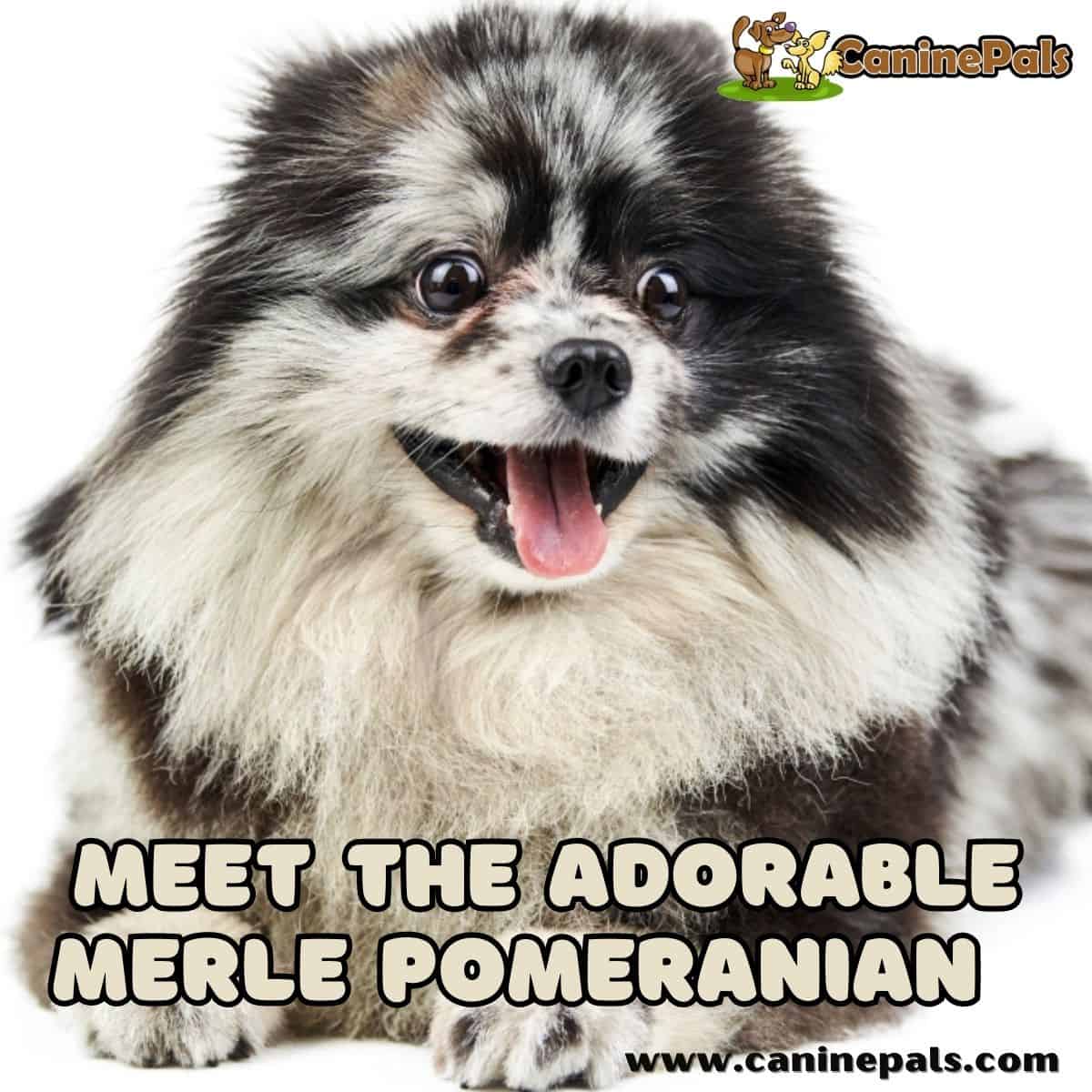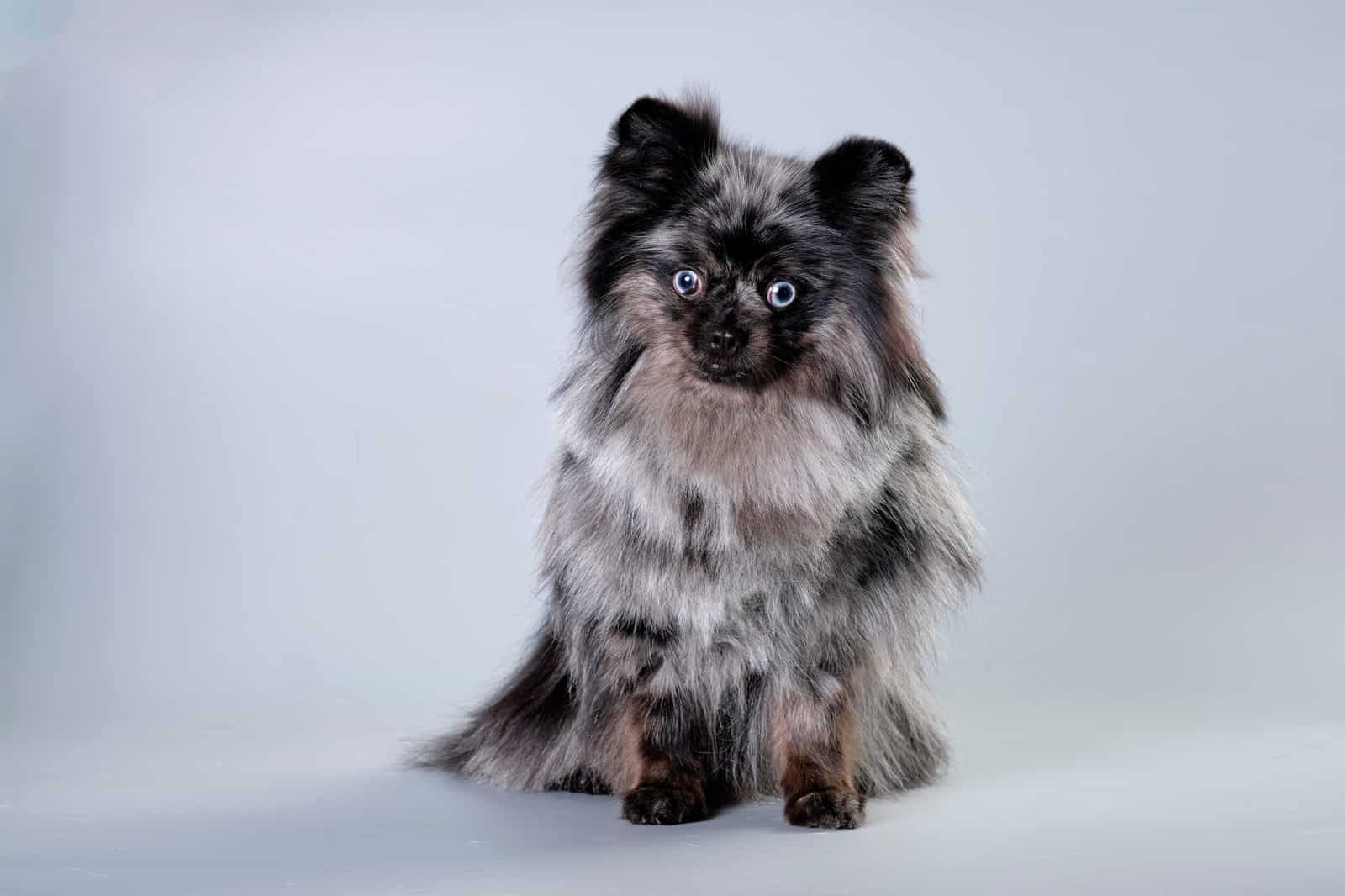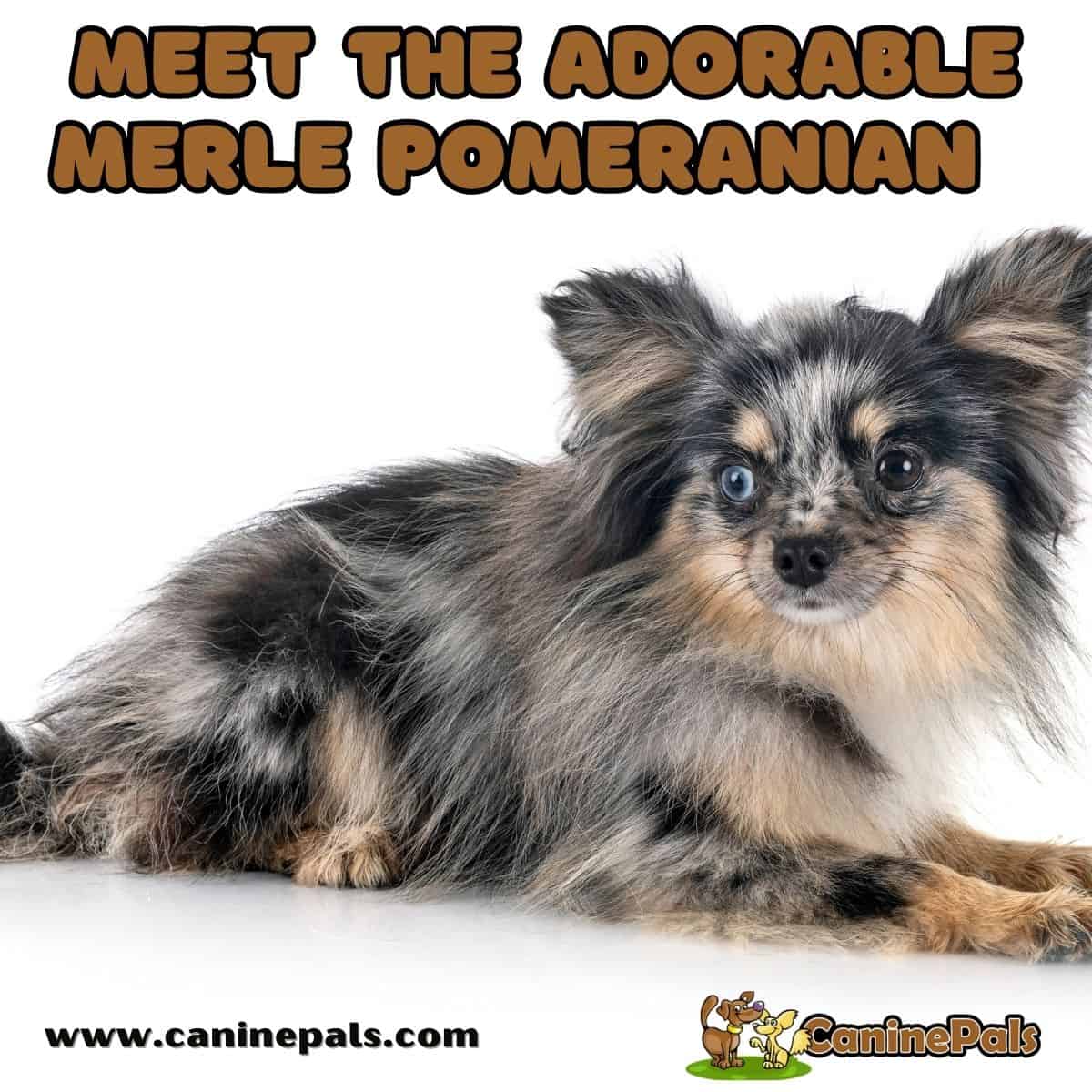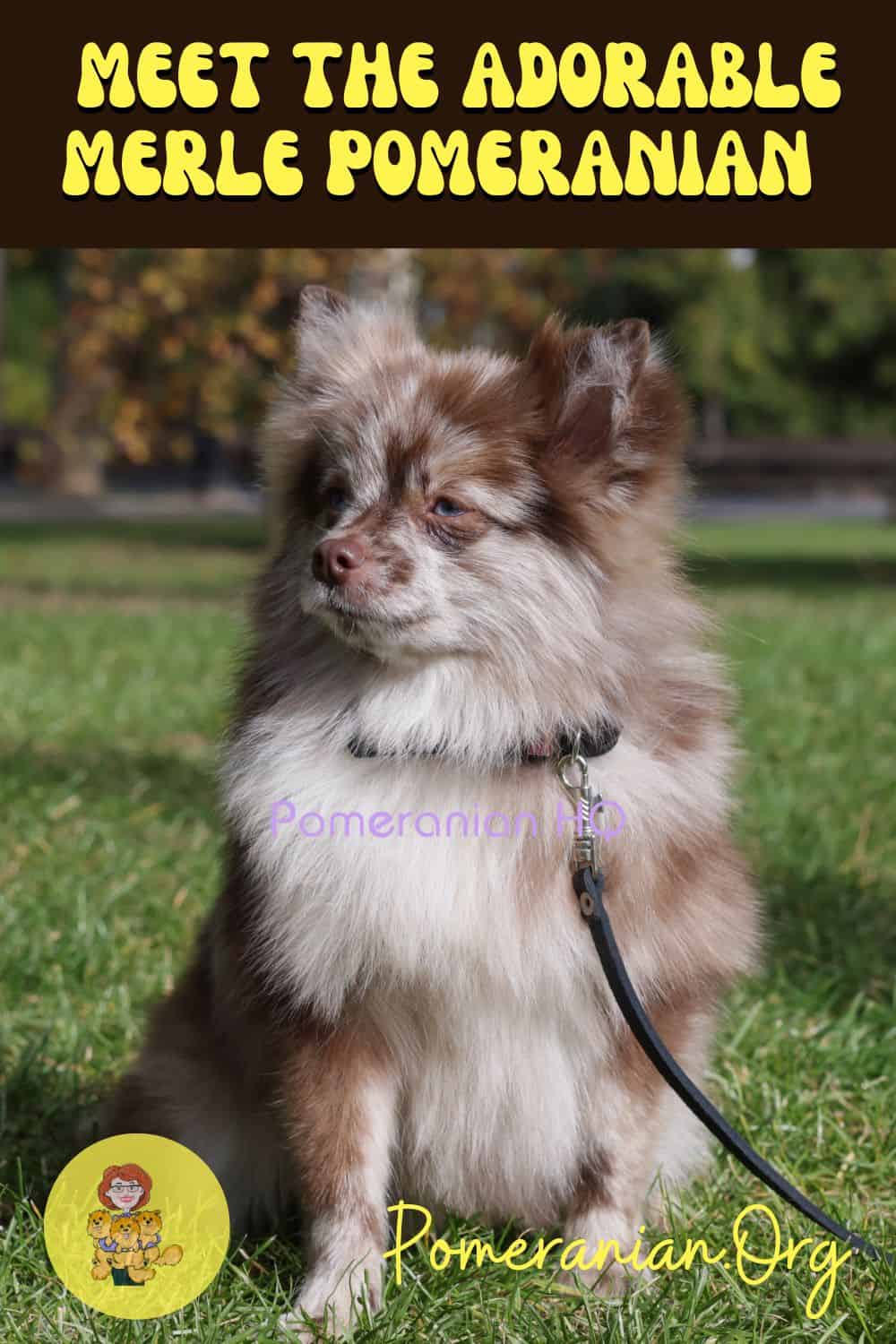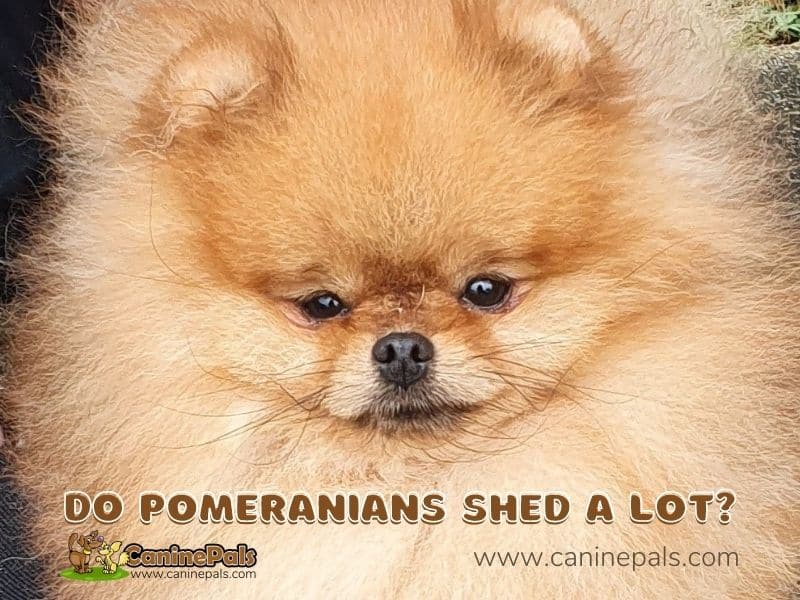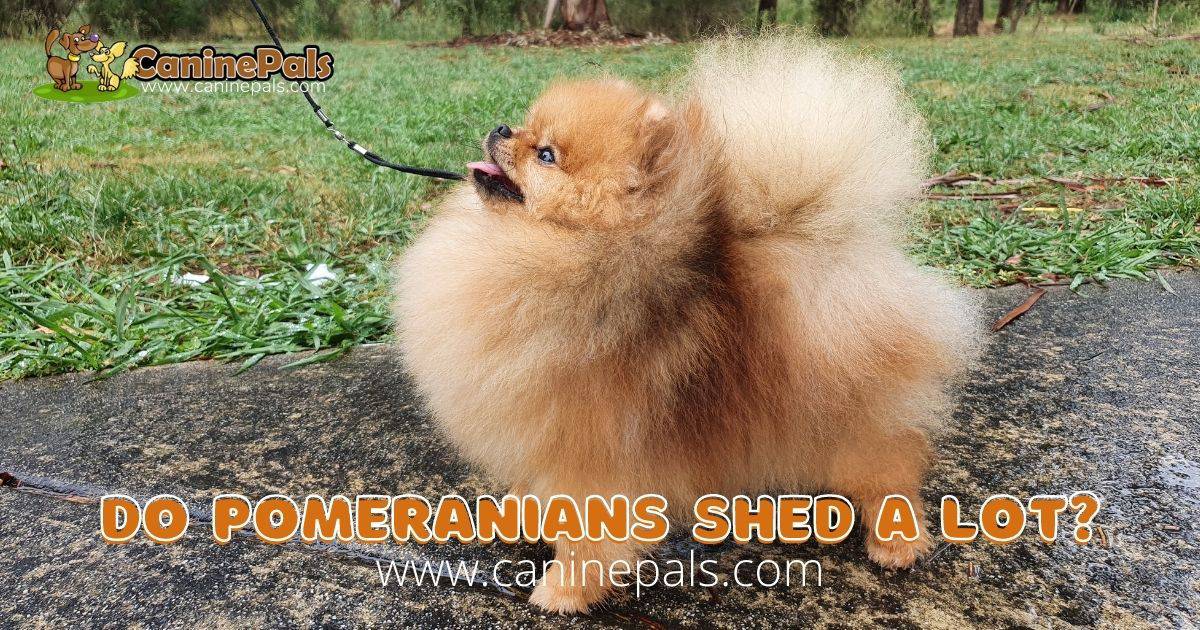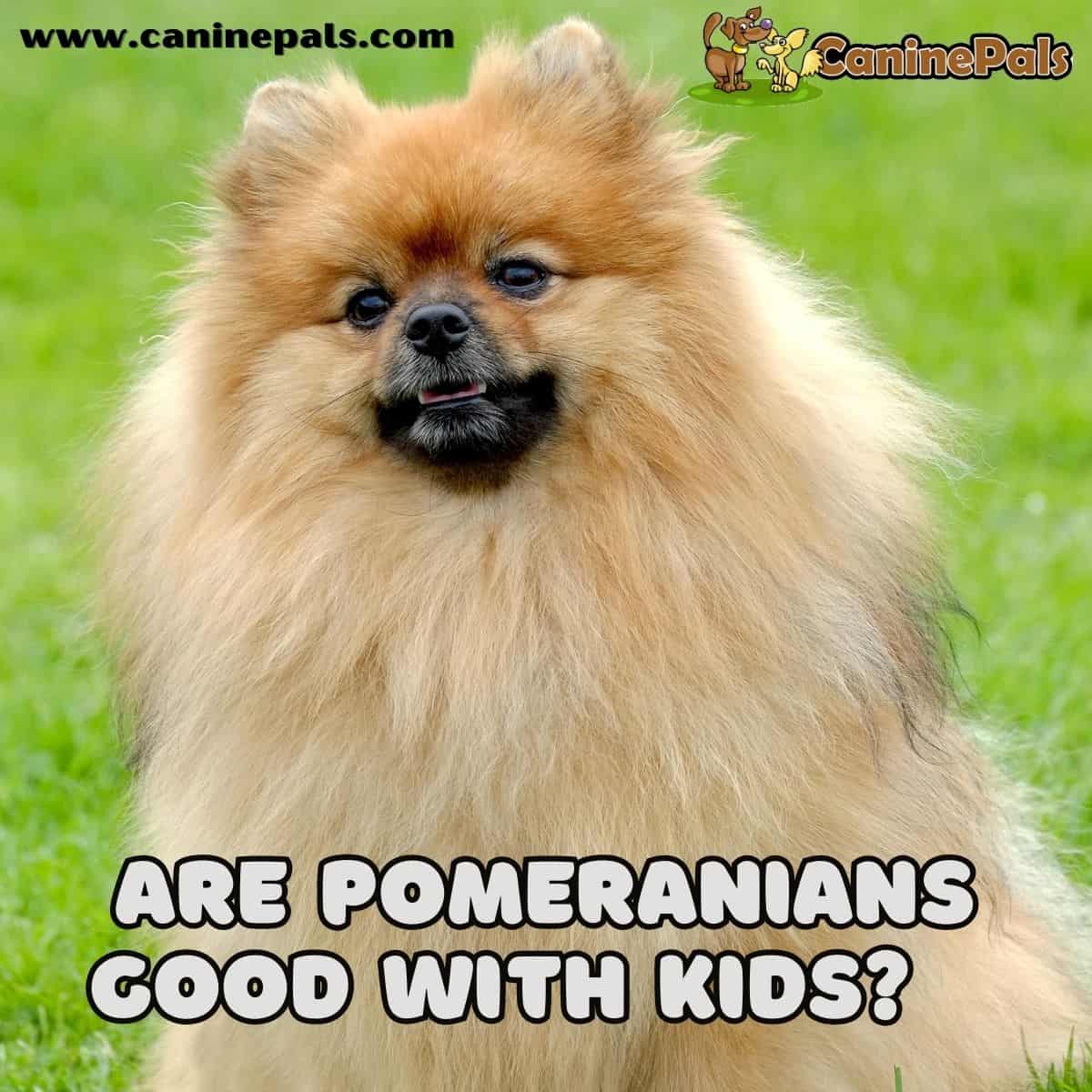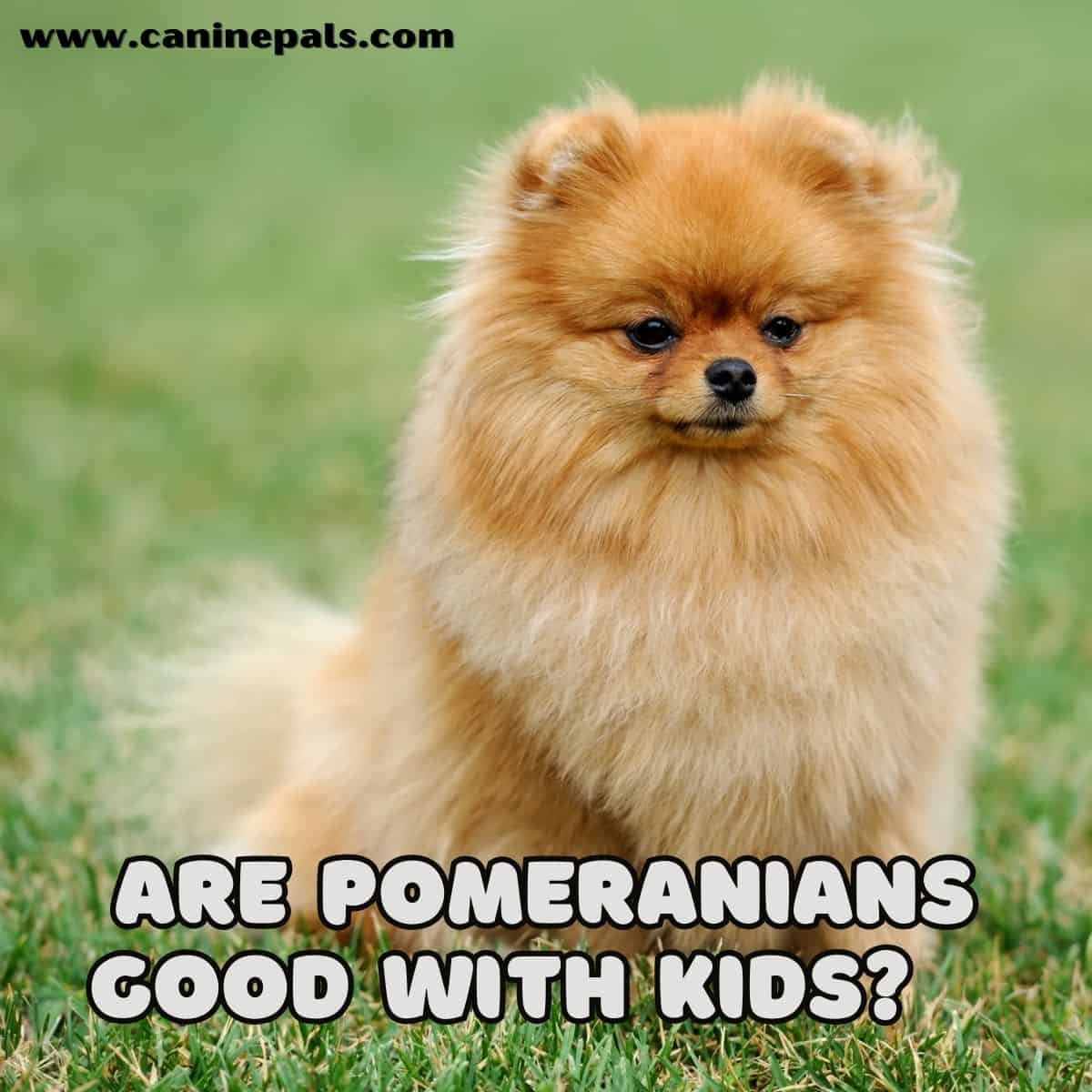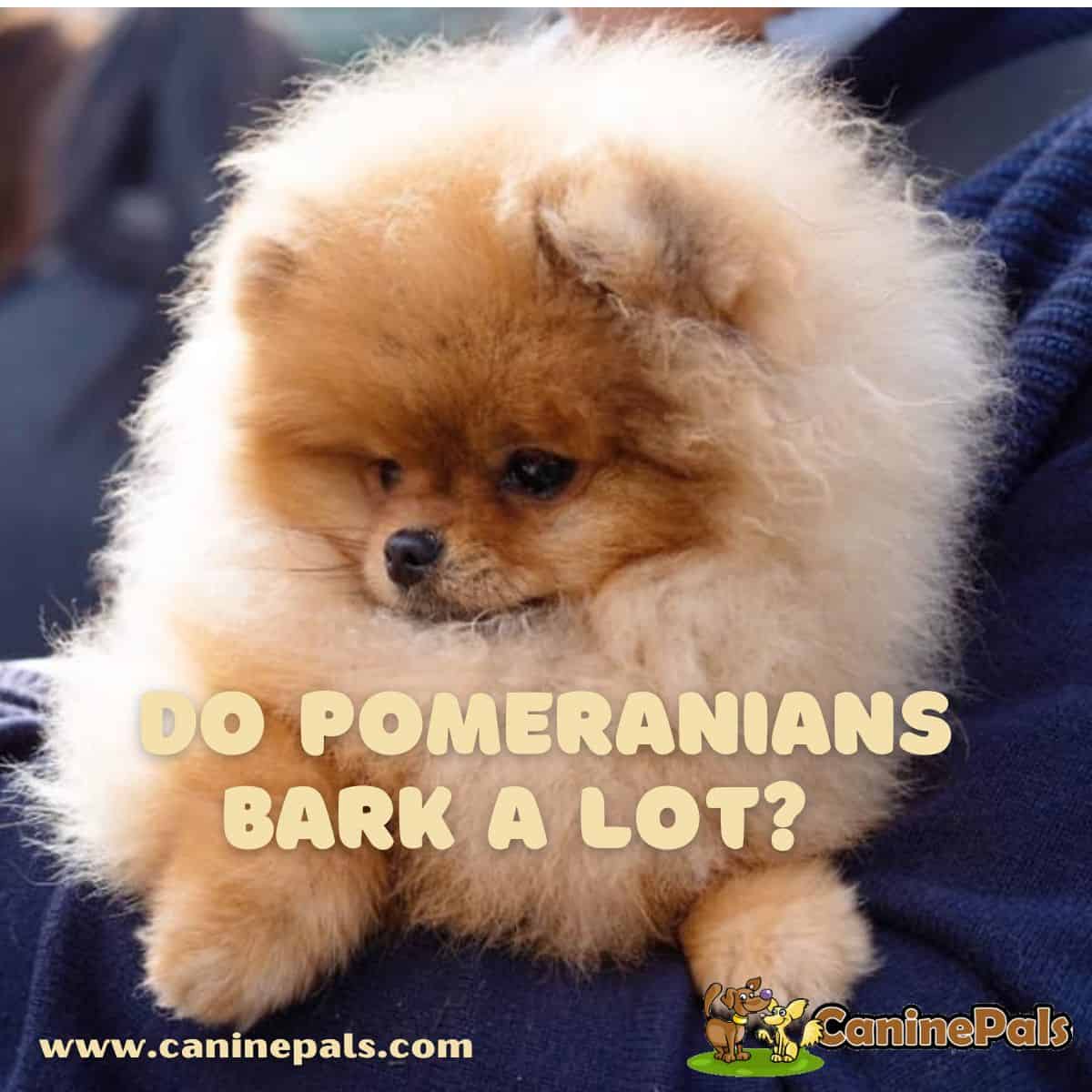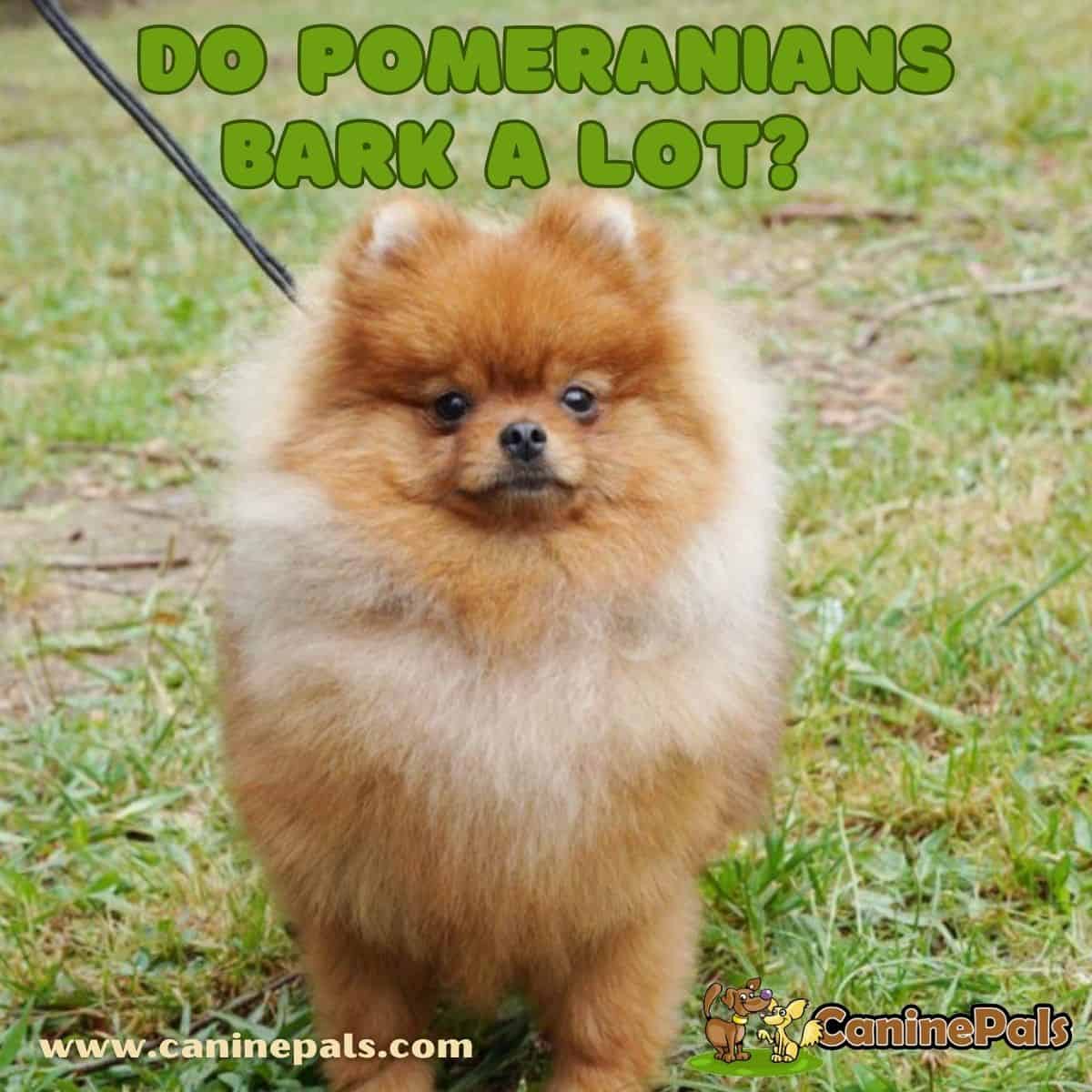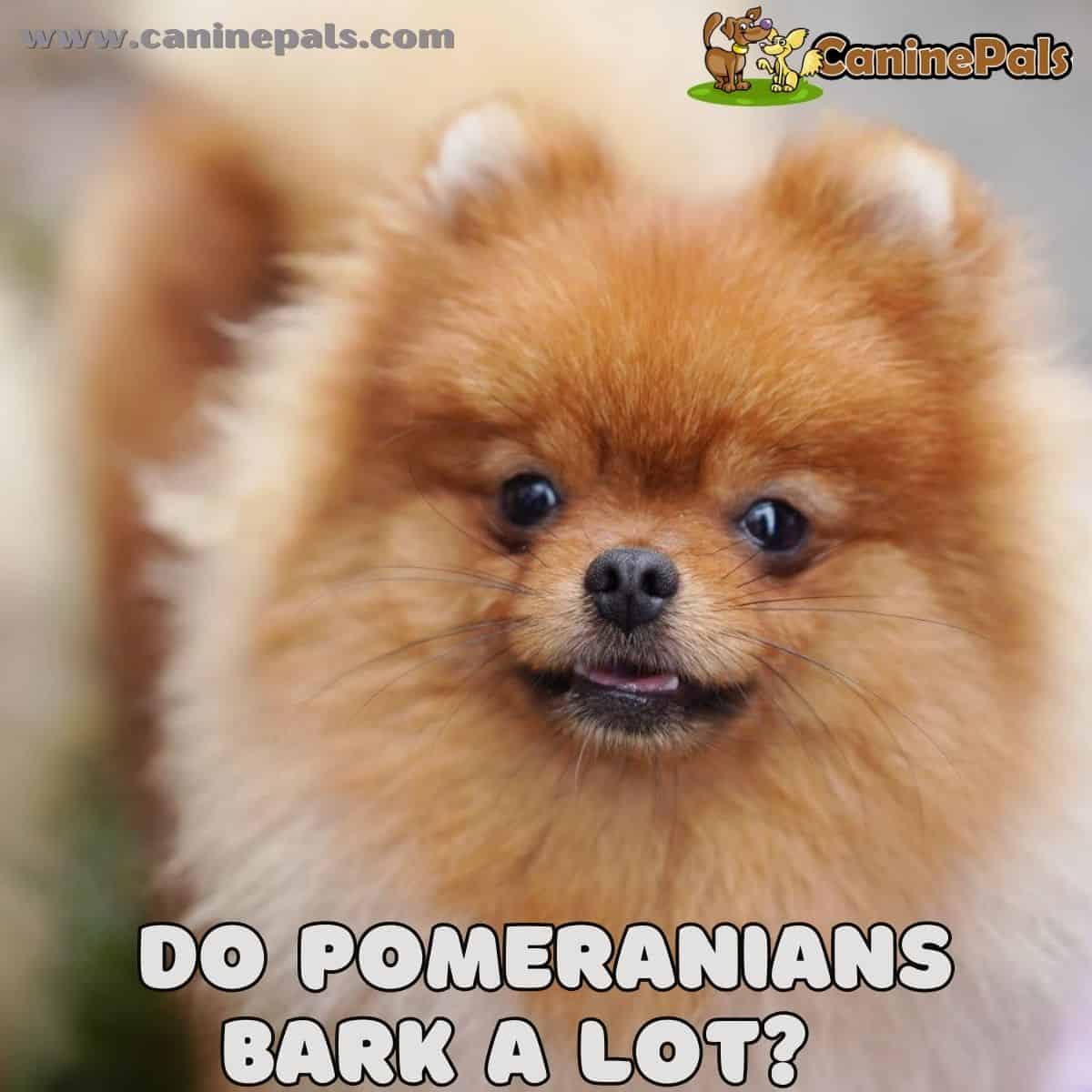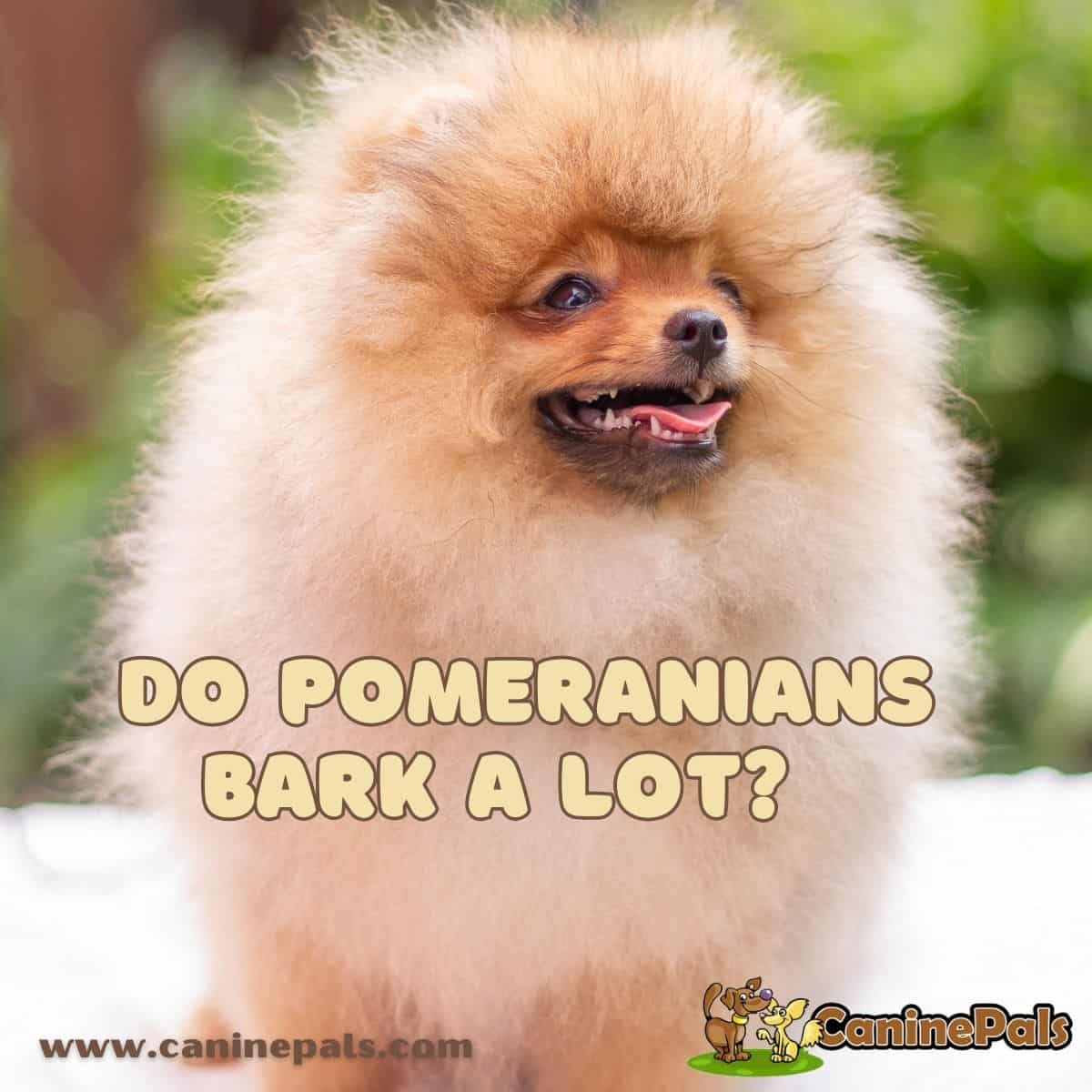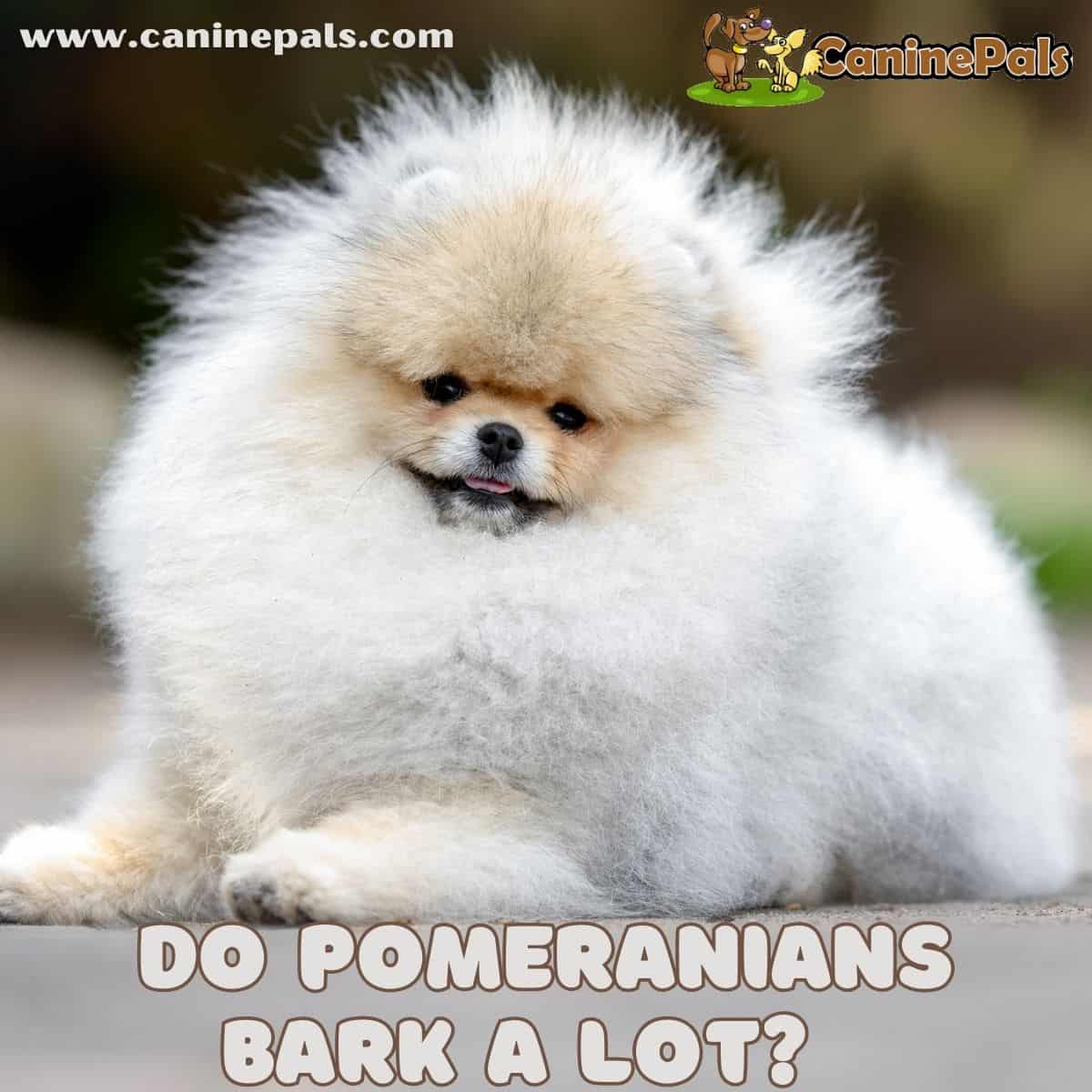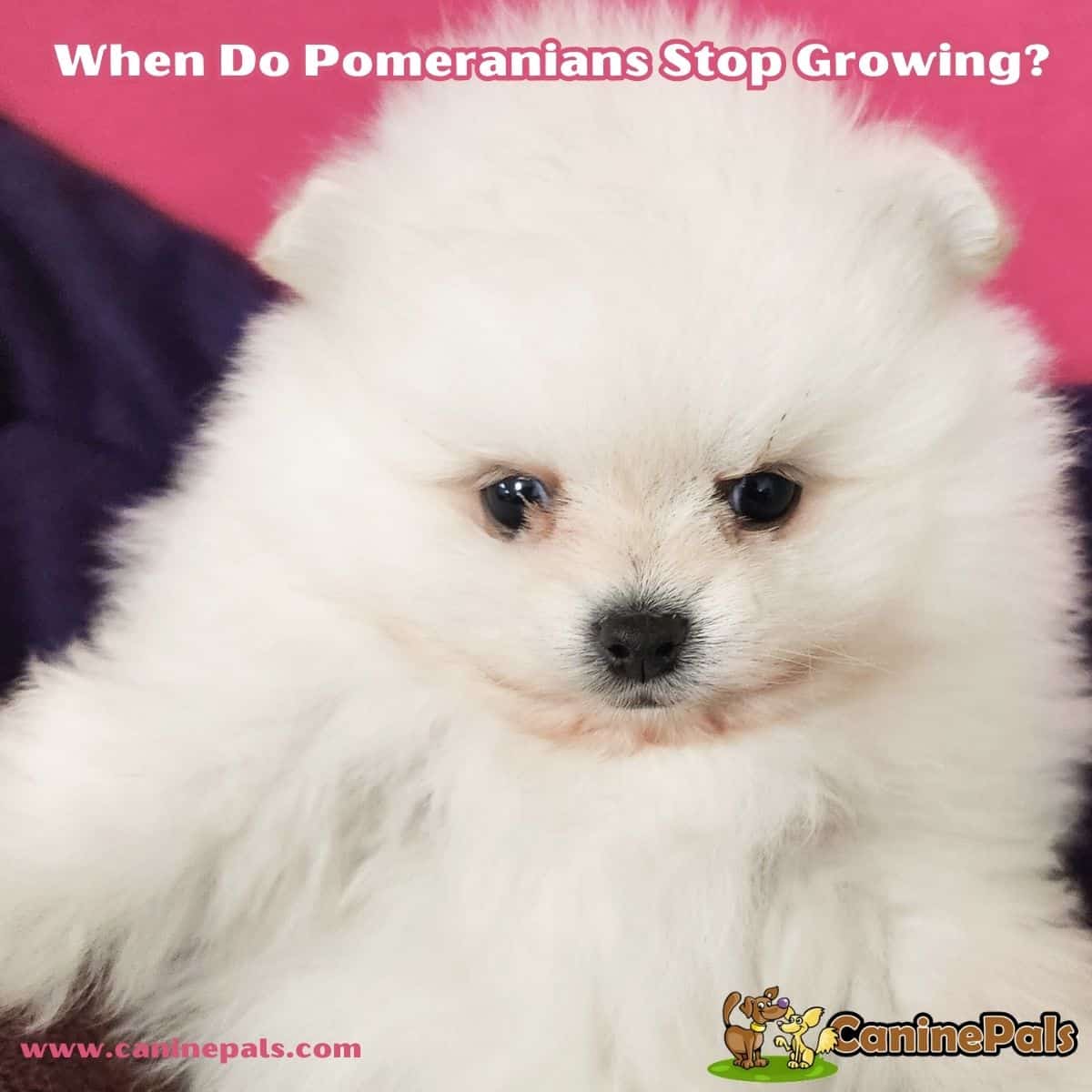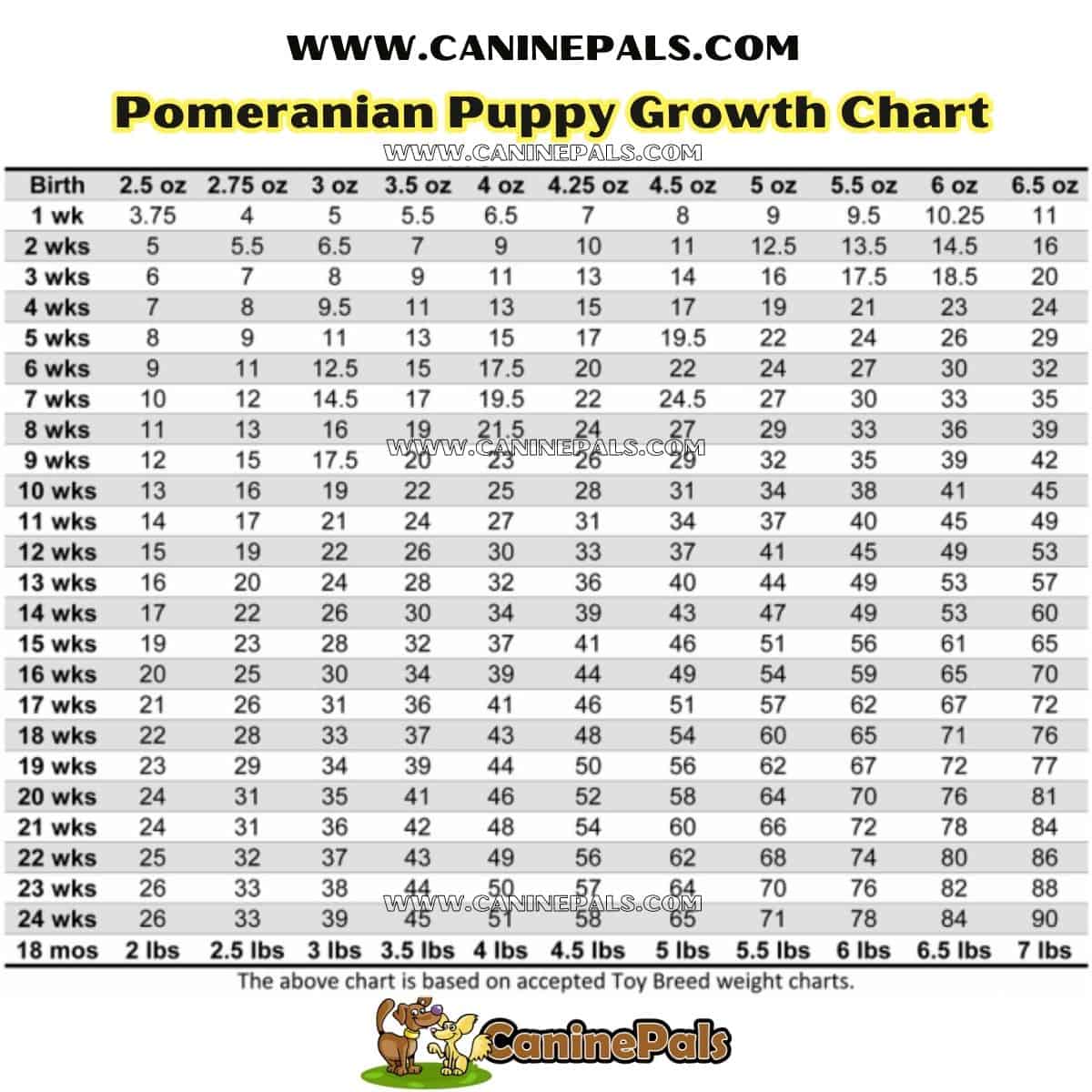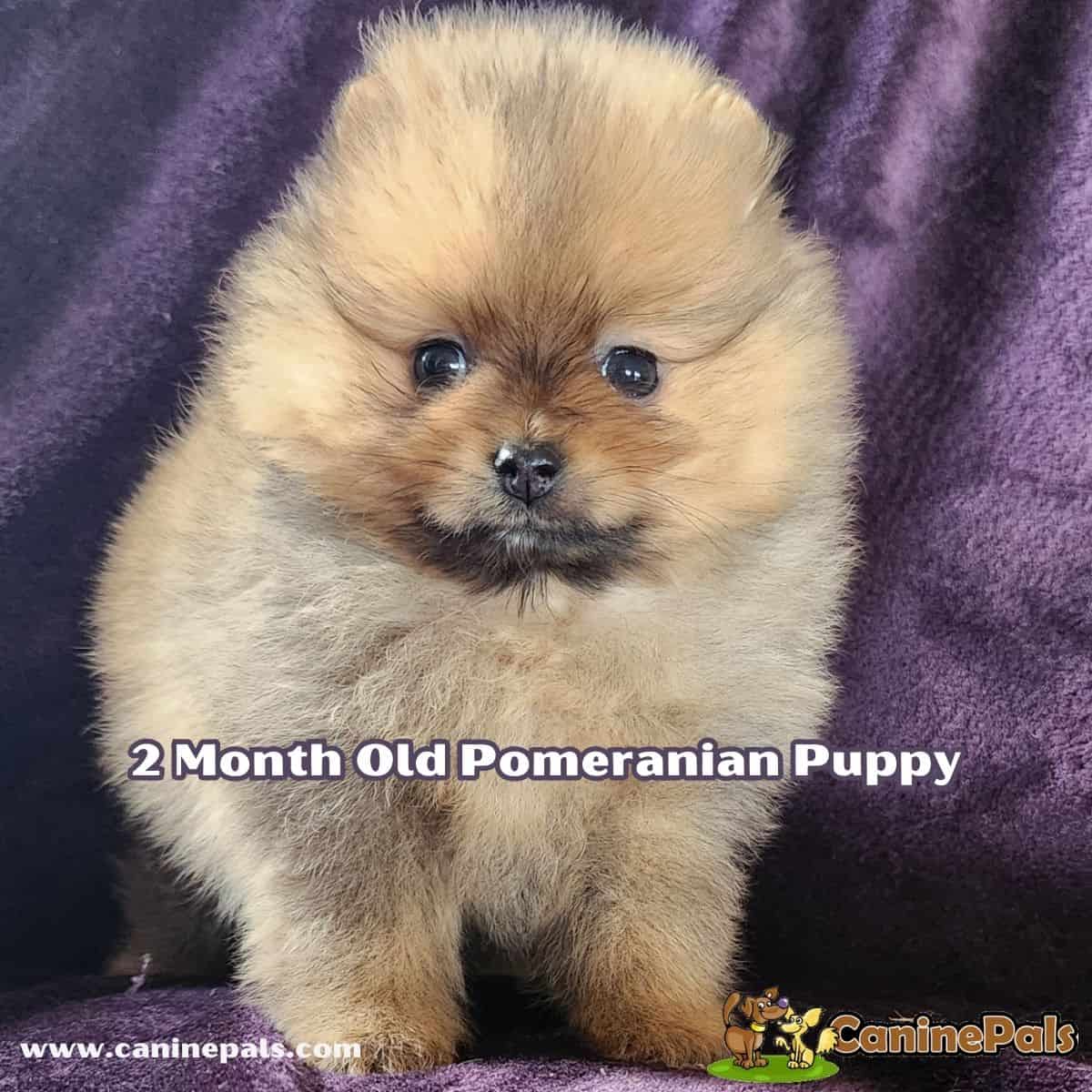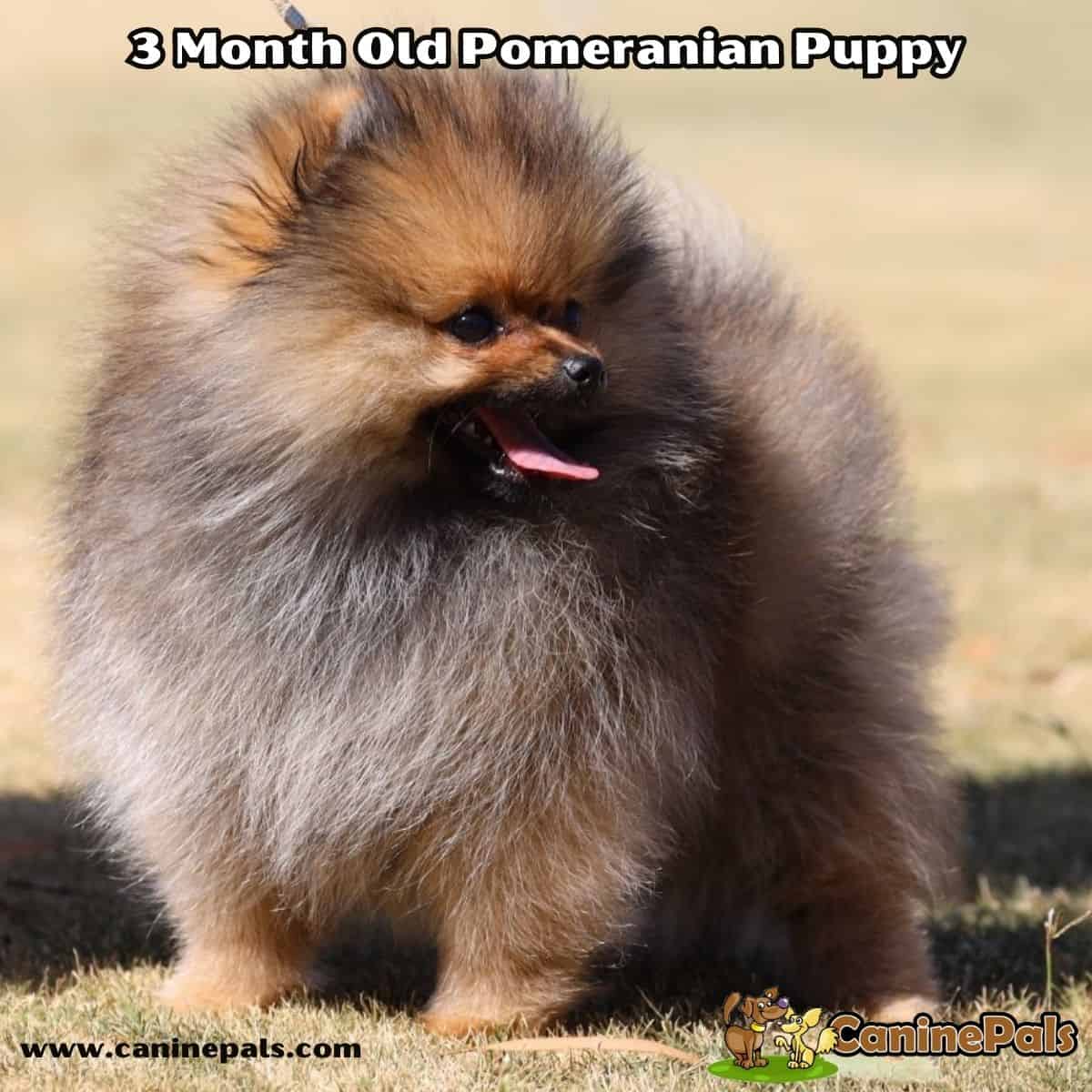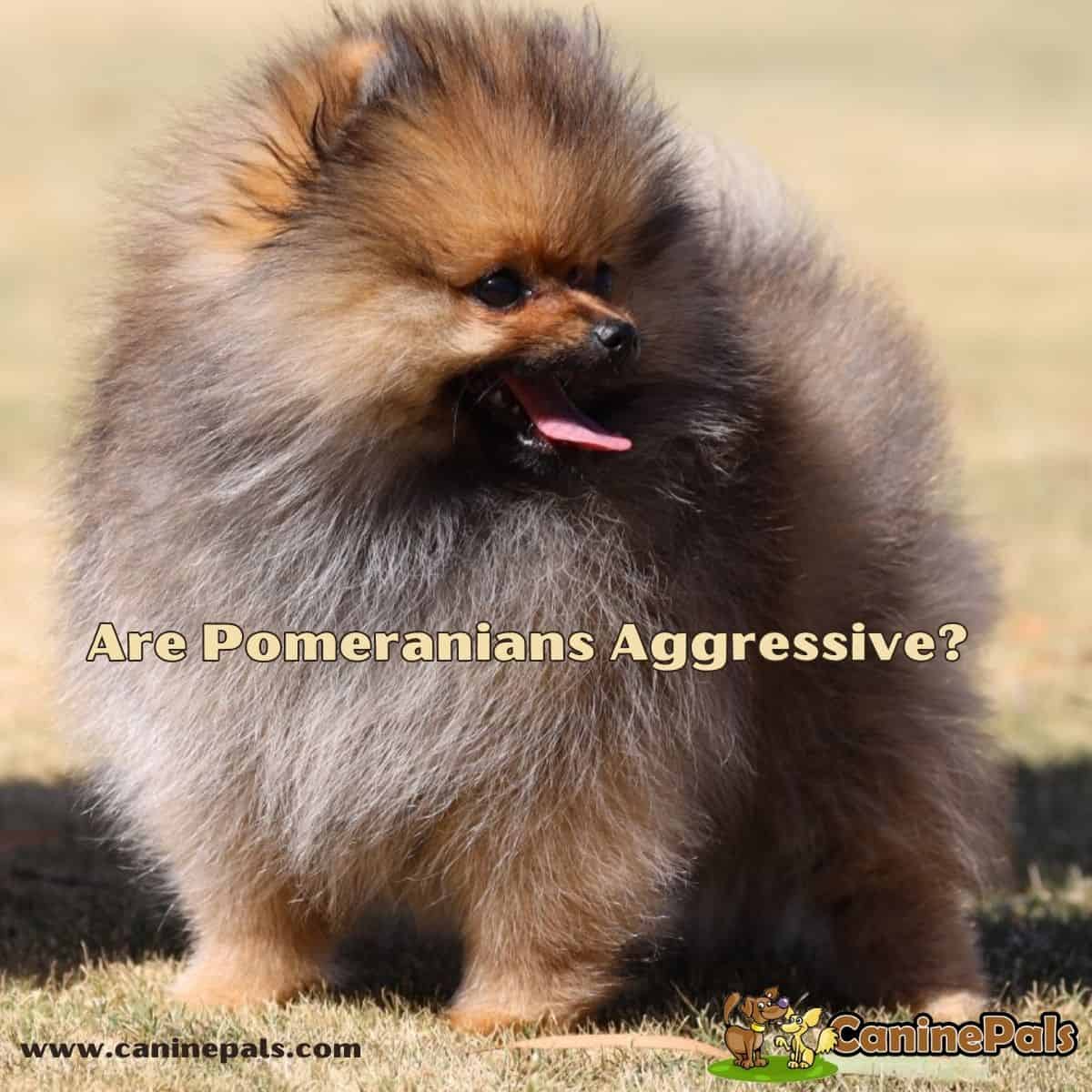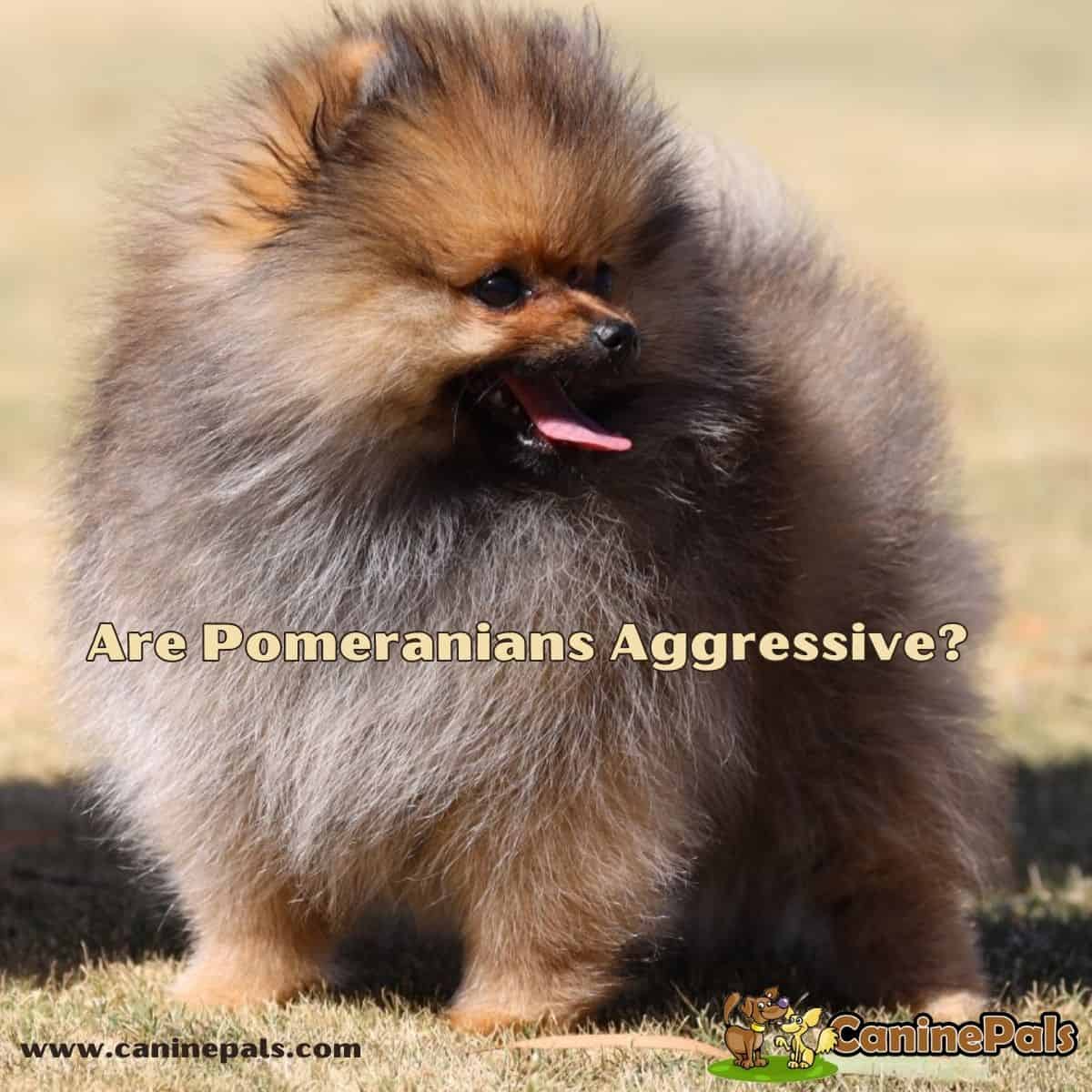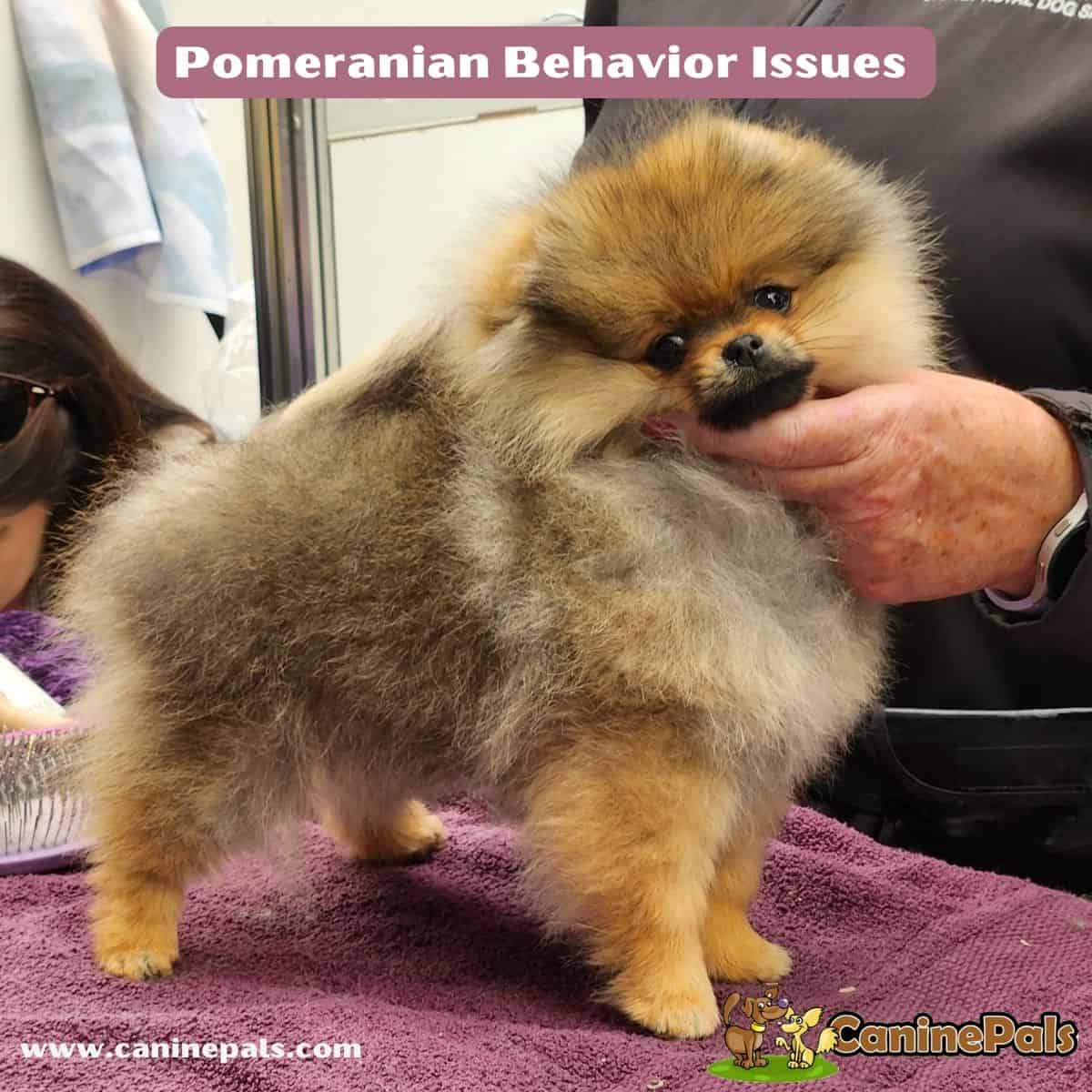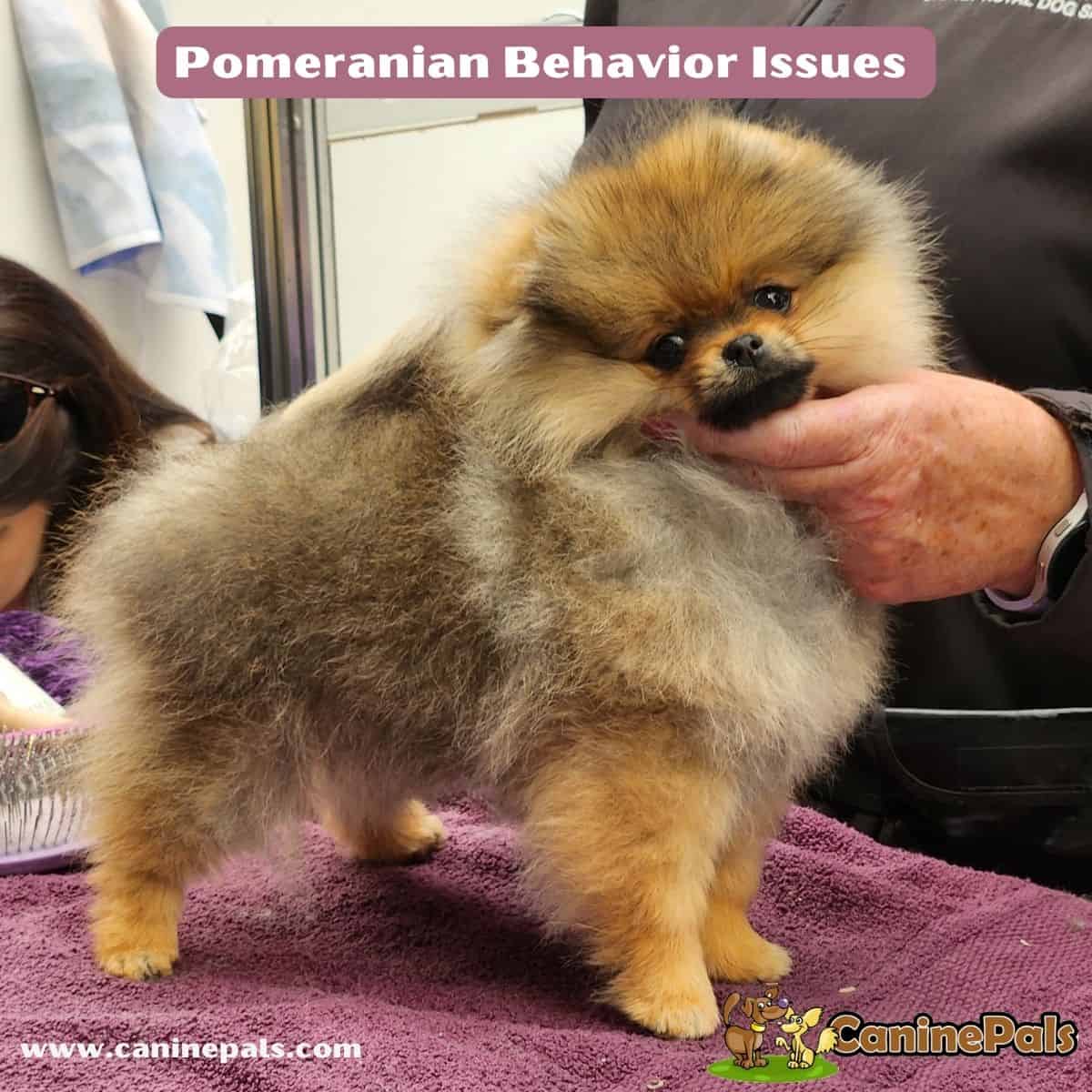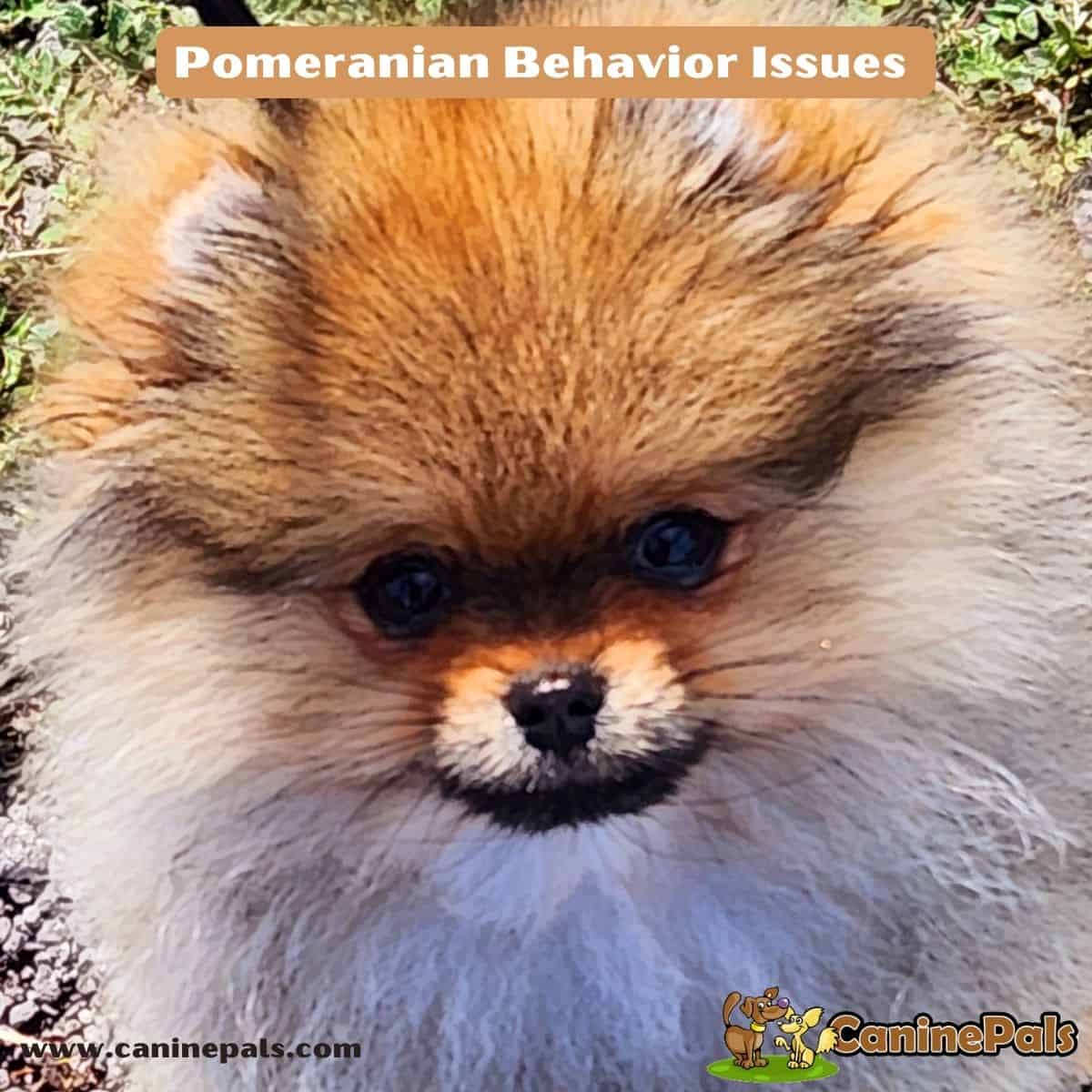As a proud owner of a Parti Pomeranian, I can attest that these dogs are adorable. Parti Pomeranians are a unique type of Pomeranian with a striking coat pattern and a white base coat with patches of any solid color. This pattern gives Parti Pomeranians a distinct, eye-catching appearance that will turn heads.
Parti Pomeranians have a fun-loving and affectionate personality that makes them great companions. These pups are intelligent little dogs that are super easy to train and love to learn new tricks.
Parti Pomeranians are also known for being very social and outgoing, making them great pets for families with children or other pets. For dog lovers wanting a loving and loyal companion, a Parti Pomeranian might be the perfect dog.

History and Origin
As a proud owner of a Parti Pomeranian, I have been curious about the history and origin of this adorable breed. The Pomeranian breed is named after the region of Pomerania, which is located in modern-day Germany and Poland.
This breed has a fascinating history, dating back to the 18th century. The Pomeranian breed was originally much larger than the small, toy-sized dogs we see today. Poms were bred as working dogs, used for herding and guarding livestock.
The Pomeranian is thought to have descended from the Spitz-type dogs that migrated to Pomeranian from Siberia. It wasn’t until the 19th century that the Pomeranian was popularized as a companion dog. Queen Victoria was a fan of Pomeranians and is credited with helping to reduce their size and create the smaller, more manageable dogs we know and love today.
In fact, Queen Victoria popularized the parti-colored Pomeranian, which features a white base coat with patches of other colors. Despite their diminutive size, Pomeranians have a big personality.
They are known for being lively, intelligent, and affectionate with their owners. They are also highly adaptable and are suitable for apartment living as long as they get plenty of exercise and attention.
The Pomeranian breed has a rich and fascinating history that spans centuries. From their origins as working dogs in Pomerania to their popularity as beloved companion animals, these little dogs have captured people’s hearts worldwide. And with their adorable looks and charming personalities, it’s easy to see why!
Physical Characteristics
These dogs are small and compact, weighing between 3 to 7 pounds and standing 8 to 11 inches tall. Their double coat is thick and fluffy, with a soft undercoat and a longer outer fur that can come in various colors, including orange, black, orange, brindle, lavender, and more.
One of the most distinctive features of a Parti Pomeranian is its white fur, distributed in patches on its body. Ideally, these patches should be symmetrical and have a clear white base color without excessive ticking.
A white blaze on their head is also preferred. A true Parti Pomeranian should have at least 50% white fur.
When it comes to their tails, Parti Pomeranians typically have a plumed tail that curls over their back. This tail is essential to their appearance and adds to their overall shape and cuteness.
It’s worth noting that some Parti Pomeranians may also have a merle coat pattern, a mottled effect that can appear in various colors.
While merle is not a standard color for Pomeranians, it can occur in some Parti Poms. Overall, the physical characteristics of a Parti Pomeranian make them an adorable and distinctive breed that is sure to turn heads wherever they go.
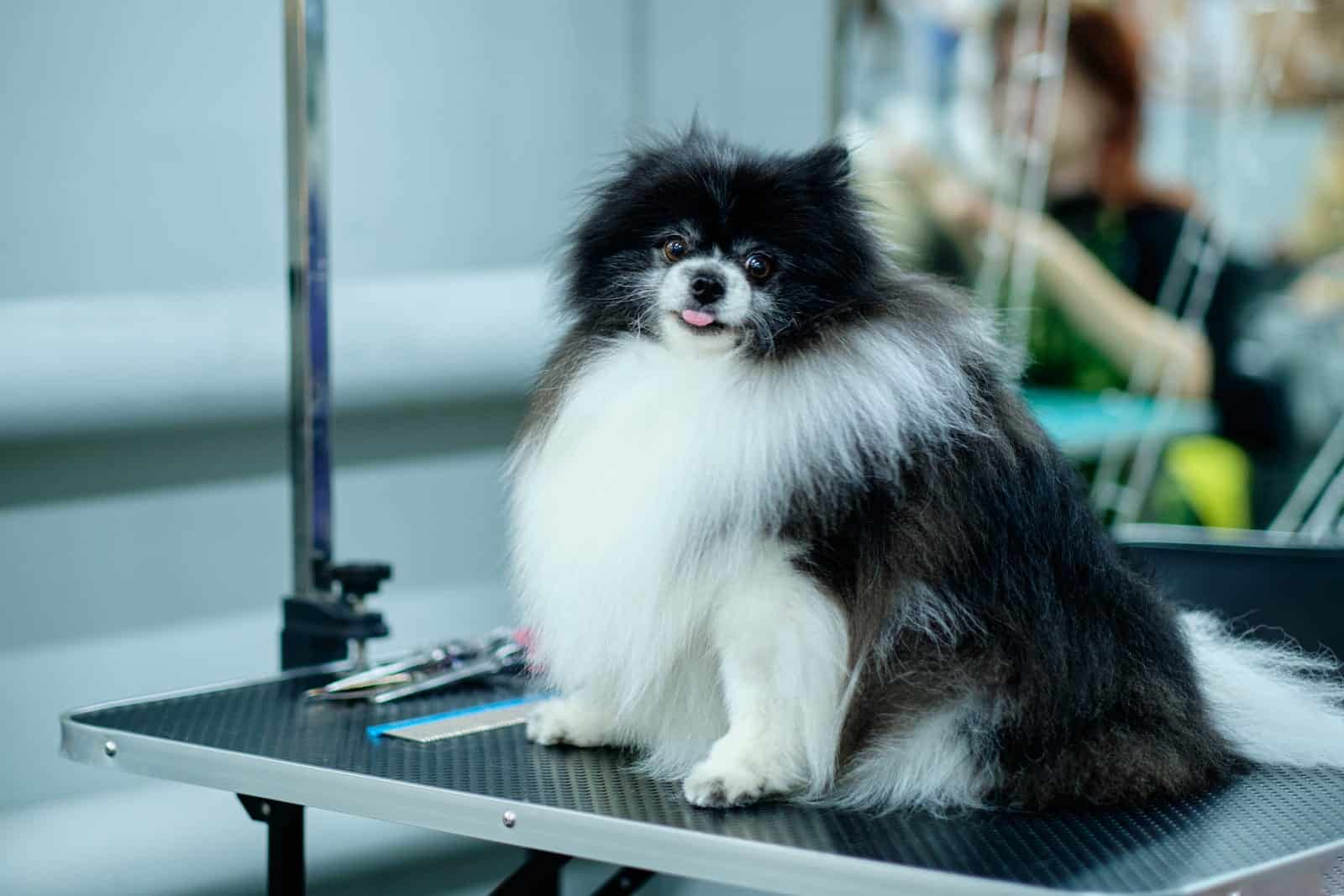
Temperament and Personality
I can attest to their excellent temperament and personality. These small dogs are energetic and love to play, but they are also very protective of their owners.
They are intelligent and make great pets for families or individuals. One of the best things about parti Pomeranians is their friendly personality.
They love people and enjoy being around their owners. They are affectionate and love to cuddle, making them great lap dogs.
They are also very social and enjoy meeting new people and other dogs. Despite their small size, parti Pomeranians have a lot of energy and require regular exercise.
Pomeranians love to run around and play, so it is essential to provide ample opportunities to do so. However, these dogs are also content to relax and curl up on the couch with their owners.
Parti Pomeranians are also very protective of their owners. The breed may be small, but they have big personalities and bark if they sense a threat.
This makes them excellent watchdogs and can provide a sense of security for their owners. In terms of intelligence, parti Pomeranians are very smart and can be easily trained.
They are quick learners and enjoy being challenged. Parti Poms respond well to positive reinforcement and love to please their owners.
Parti Pomeranians make great pets for anyone looking for a friendly, energetic, and protective companion. Their intelligence and trainability make them a joy to own, and their small size makes them perfect for apartment living or smaller homes.
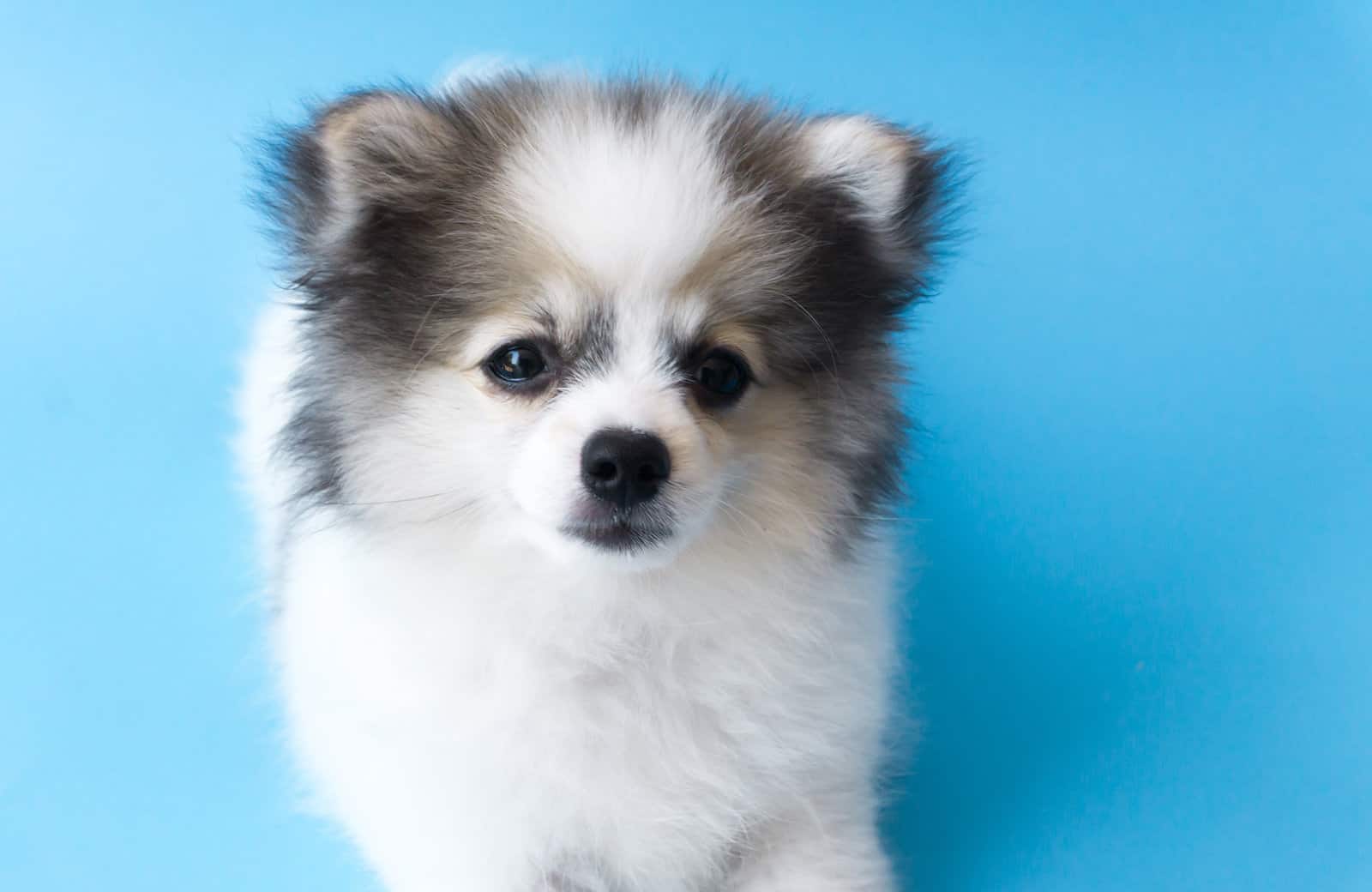
Grooming and Health
Taking care of a Parti Pomeranian’s grooming and health is essential to ensure they live a happy and healthy life. As a proud owner of a Parti Pomeranian, I have learned a few things about grooming and health that I’d like to share.
Grooming
Parti Pomeranians have a thick double coat that requires regular grooming to maintain quality. I brush my Parti Pomeranian’s coat weekly to prevent matting and tangling.
Using a slicker brush and a comb helps to remove loose hair from the fur. I also pay attention to my Parti Pomeranian’s nails and trim them regularly to prevent them from getting too long.
I use a nail clipper designed for dogs to avoid injuring the quick. Additionally, I clean my Parti Pomeranian’s ears regularly to prevent infections.
Bathing a Parti Pomeranian should be done once a month during winter and more often during summer if the dog gets dirty.
I use a gentle dog shampoo and conditioner to maintain my Parti Pomeranian’s coat quality, and I also make sure to rinse thoroughly to avoid any skin irritation.
Health
Parti Pomeranians are generally healthy dogs with a life expectancy of 12 to 16 years. However, like all dog breeds, they are prone to specific health issues.
Responsible owners should take their Parti Pomeranian for regular check-ups with a veterinarian to ensure their health is in good condition.
Some common health issues affecting Parti Pomeranians include luxating patella, tracheal collapse, and alopecia. It is essential to detect any health issues early to prevent them from becoming severe.
Parti Pomeranians are also known to be excessive barkers. Training and socialization can help reduce extreme barking behavior.
Additionally, Parti Pomeranians shed moderately, so regular grooming can help to minimize shedding. Taking care of a Parti Pomeranian’s grooming and health is crucial to ensure they live a happy and healthy life.
Regular grooming and check-ups with a veterinarian can help prevent health issues and keep your Parti Pomeranian in good condition.
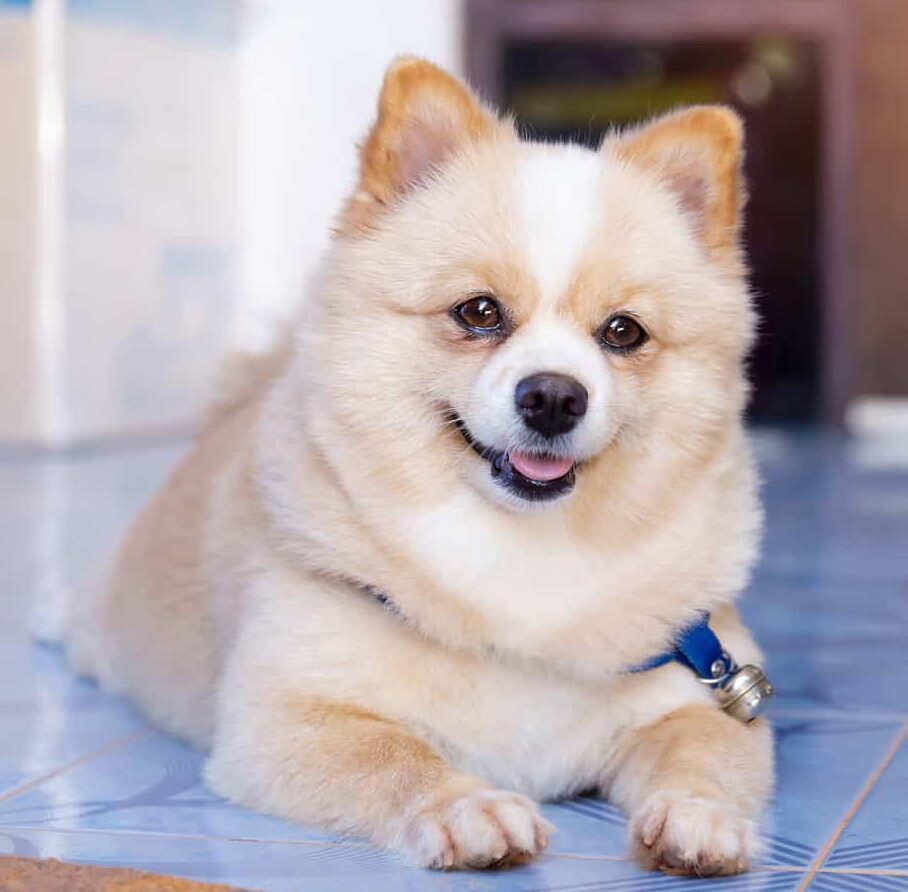
Parti Pomeranian Colors and Markings
Parti Pomeranians are unique and eye-catching due to their distinct coloring. They have a white base coat with patches of another color. The color patches can be any solid color or allowed pattern, including brindle, sable, and ticking. The white base coat must have a white blaze on the head, and ticking is undesirable.
There are several types of Parti Pomeranian markings:
- Extreme piebald is a type of Parti Pomeranian with a primarily white coat and a few patches of color.
- Piebald Pomeranians have a white base coat with large patches of color.
- Irish mark Pomeranians have a colored base coat and white patches on the head, chest, or legs.
Parti Pomeranian Colors
Orange parti Pomeranians have a white base coat with orange patches, while chocolate parti Pomeranians have a white base coat with chocolate patches.
Cream parti Pomeranians have a white base coat with cream patches. Tri-colored Pomeranians have a white base coat with two other colors, usually black and tan or blue and tan.
Parti Pomeranians can have a variety of markings, including merle, a mottled pattern in the coat, and tan pattern, a combination of black or blue with the tan. Black and white parti Pomeranians have a white base coat with black patches, while blue and white parti Pomeranians have a white base coat with blue patches.
Parti Pomeranians come in various colors and markings, making them unique and sought-after. Whether you prefer extreme piebald or irish mark Parti pomeranian, there is a Parti Pomeranian for every taste.
Breeding and Show Standards
Breeding a parti Pomeranian requires careful planning and a good understanding of genetics. As a responsible breeder, I ensure that both parents are healthy.
Parents have DNA profiles done to help prevent genetic defects that might be passed on to their offspring. I also ensure the puppies are raised in a healthy and clean environment, with proper nutrition and socialization.
When showing a parti Pomeranian, adhering to the American Kennel Club (AKC) breed standard is essential. The breed standard describes the breed’s ideal characteristics, temperament, and appearance and guides judges in dog shows.
The AKC recognizes Parti Pomeranians and can compete in conformation shows. According to the AKC breed standard, a parti Pomeranian should be a white dog with the color distributed in fur patches over the body, and a white blaze is preferred.
The colored fur patches may be in any solid colors, but all the patches must be the same color. Symmetry of facial markings is desirable.
The AKC also sets standards for purebred dogs in general. To be considered a purebred, a dog must have a documented pedigree that traces back to its ancestors. The breeding program should focus on improving the breed and maintaining its health and characteristics rather than just producing puppies for profit.
Breeding and showing a parti Pomeranian requires a lot of dedication and knowledge. As a responsible breeder, I follow the AKC standards and strive to produce healthy and well-adjusted puppies that conform to the breed standard.
Unique Facts and Considerations
As a proud owner of a Parti Pomeranian, I have learned some unique facts and considerations about this breed that I would like to share with you.
One of the first things to consider when getting a Parti Pomeranian is its small size. These dogs are considered a toy breed and typically weigh between three and seven pounds.
This makes Poms an excellent choice for apartment living or for those needing more space. However, it’s important to remember that their tiny size means they can be injured, so it’s important to supervise them around children and other pets.
Another interesting fact about Parti Poms is their origin. They were named after the Pomerania region, located in northern Europe.
Initially, these dogs were much larger and were used for herding sheep, and Poms were bred down in size to become the companion dogs we know and love today. It’s also important to note that some
Parti Poms can be deaf, which is more common in white, and it’s essential to have them tested for deafness if you suspect they may be having trouble hearing you. Parti Poms are known for their unique coat coloration, which features at least 50% white fur with pops of other colors.
Some different coat colors you may come across include lavender, blue, black, and orange. These dogs are sure to turn heads wherever they go!
Finally, it’s important to remember that Parti Pomeranians are not just pets; they are family additions. The breed thrives on attention and loves to be included in family activities.
Take them on walks and provide plenty of playtime to keep them happy and healthy. Overall, Parti Pomeranians are a wonderful breed that makes excellent companions.
With their unique coat coloration and friendly personalities, they are sure to steal your heart. Just remember to take their small size and potential deafness into consideration when bringing them into your home.
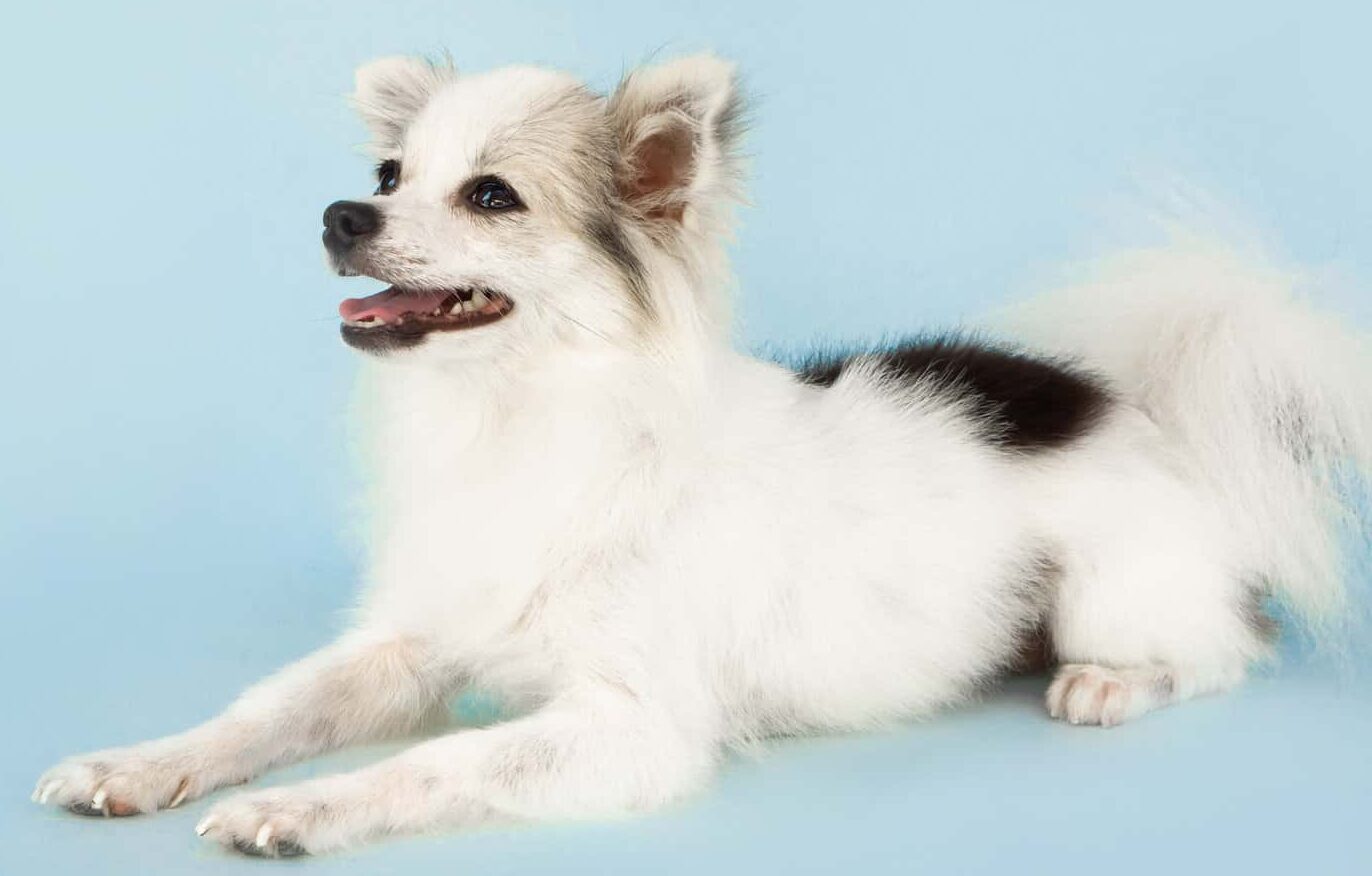
Frequently Asked Questions
Are Parti Pomeranians Rare?
Yes, Parti Pomeranians are considered rare compared to other Pomeranian colors, and this is because of the specific breeding required to produce the unique white and colored coat pattern. However, their popularity has increased recently, making them more readily available from reputable breeders.
What is The Lifespan of a Parti Pomeranian?
The lifespan of a Parti Pomeranian is typically between 12 and 16 years, which is consistent with the average lifespan of Pomeranians in general. However, like all dogs, their lifespan can be affected by genetics, diet, exercise, and overall health.
Are Parti Pomeranians Purebred?
Yes, Parti Pomeranians are purebred, and the American Kennel Club (AKC) recognizes them as a legitimate Pomeranian color and breed standard. It is vital to ensure that any breeder claiming to sell purebred Parti Pomeranians is reputable and follows ethical breeding practices.
What Is The Rarest Pomeranian Color?
The rarest Pomeranian color is often considered lavender, a diluted version of the chocolate color. However, this can vary depending on the region and breeding practices. It is important to note that rarity does not necessarily indicate value or quality.
How Big Do Parti Pomeranians Get?
Parti Poms are small, typically weighing between 3 and 7 pounds and standing between 11 and 12 inches tall at the shoulder. However, like all Pomeranians, their size can vary depending on genetics and breeding. To ensure your Pomeranian will be within standard breed size, always purchase from a reputable preservation breeder who is actively involved in proving their dog in the showering.
Do Parti Pomeranians Shed a Lot?
Yes, Parti Poms, like all Pomeranians, shed a moderate amount throughout the year. Regular grooming and brushing can help reduce shedding and keep their coat healthy and shiny. It is essential to note that some Pomeranians may shed more than others depending on their coat type and genetics.
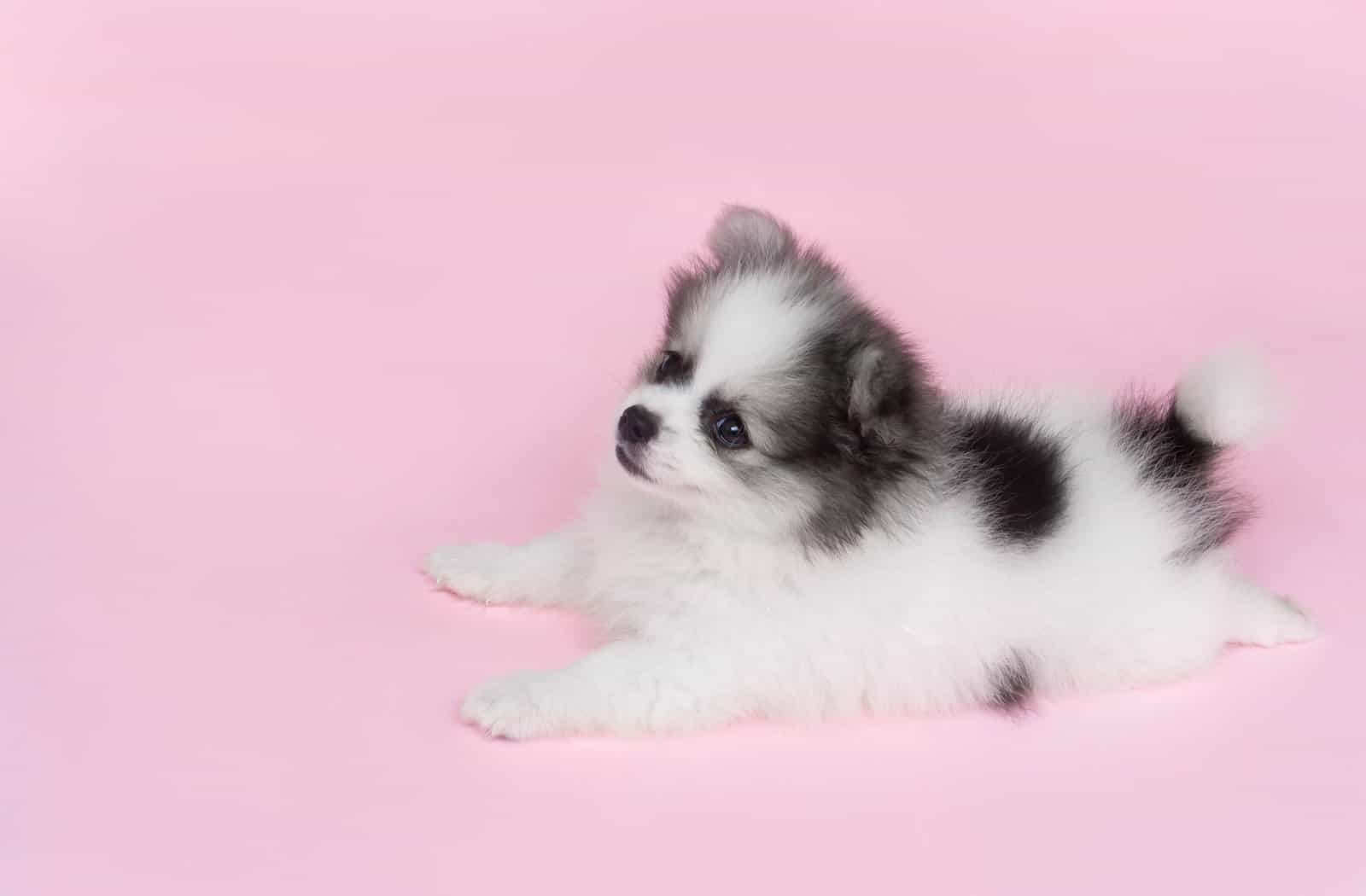
Final Thoughts
Parti Pomeranians are one of the most special breeds of dogs, and they make fantastic pets. These pups will surely charm every family member with their charming personalities, friendly dispositions, and intelligent minds.
Parti Poms can provide years of joy and companionship with proper care and exercise. So if you’re looking for a small dog with an enchanting personality that fits perfectly into your lifestyle, finding the right Parti Pomeranian is just a few clicks or phone calls away!
With the right owner by his side, your pup can be everything you dream of—a reliable companion who will fill your home with laughter and joy.
Copyright CaninePals.Com. All Rights Reserved.
References and Further Reading:
- Official Standard of the Pomeranian (AKC). American Kennel Club, 2011.
- Official English Kennel Club Pomeranian Breed Standard, 2017.
- Kimbering Pomeranians “1891-1991”.
- Denise Leo, The Pomeranian Handbook.
- L.Ives, Show Pomeranians.
- L.Ziegler Spirer & H.F. Spirer, This is the Pomeranian.
- FEDERATION CYNOLOGIQUE INTERNATIONALE (FCI) German Spitz, including Keeshond and Pomeranian Breed Standards. PDF file.

